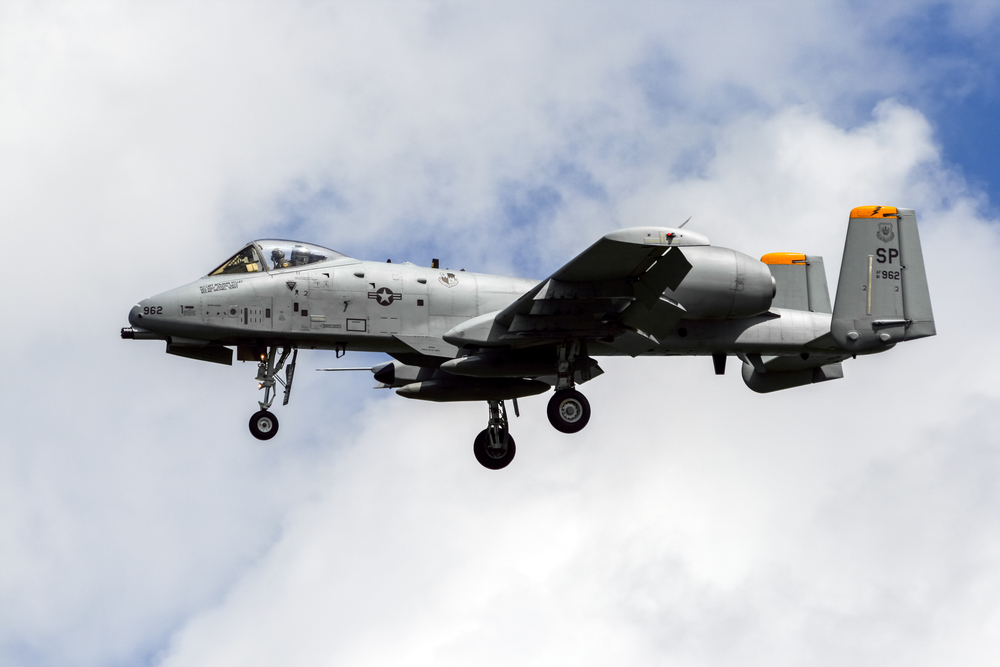
Recently, a unit at the Maryland Air National Guard sent a fleet of 10 new A-10C Thunderbolt II fighter jets to be a part of a multinational combat exercise in eastern Europe. This is one of the biggest training delegations to arrive at the exercise in at least the last ten years. Furthermore, it may be the most progress the A-10 enterprise has made towards leaving a more significant mark in Europe at a time when the region is focused on moving away from decades of US Central Command-led combat missions.
US Air Force in Europe Capt. Daniel de La Fe explains, “The A-10 Thunderbolt II provides a unique, established and enduring close air support capability to the joint force. Hosting the Warthog in Europe provides those training touchpoints with our allies and partners, which provides value to the NATO coalition.”
The Maryland ANG unit—which includes the 104th Fighter Squadron—landed in Iceland on May 5 with the aim to participate for approximately 13 days during the Army’s “Swift Response” exercise, followed by joining up with the “Defender Europe” for an additional fortnight.
Also a part of the Maryland ANG unit, the 175th Wing tries to venture out to Estonia every few years, working under the US National Guard’s state partnership program. Over the last 10 years, this unit has increased its role in training throughout Europe, expanding from the four initial A-10C aircraft that had initially trained in Estonia back in 2013 to the 10 that were involved in 2017. Of course, the most recent trip, in 2020, had to be canceled due to complications of the Covid-19 pandemic.
Captain Ben Hughes, spokesperson of the 175th Wing noted that approximately 170 American airmen took part in more than 200 training exercises in at least 10 countries throughout the month of May. Planning for these events began more than a year ago; again, in anticipating of returning to service after not having the opportunity during the coronavirus lockdown.
For the event, the troops involved skipped around Europe roughly 30 times, accompanying cargo deliveries with West Virginia Air National Guard C-17 Globemasster IIIs. Indeed, the Air Force used this opportunity to reinforce their “agile combat employment” concept, which aims to make these units more flexible in operation and less dependent on physical bases across the globe.
